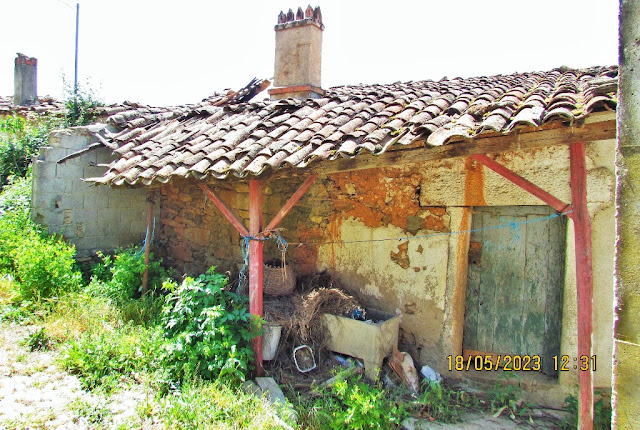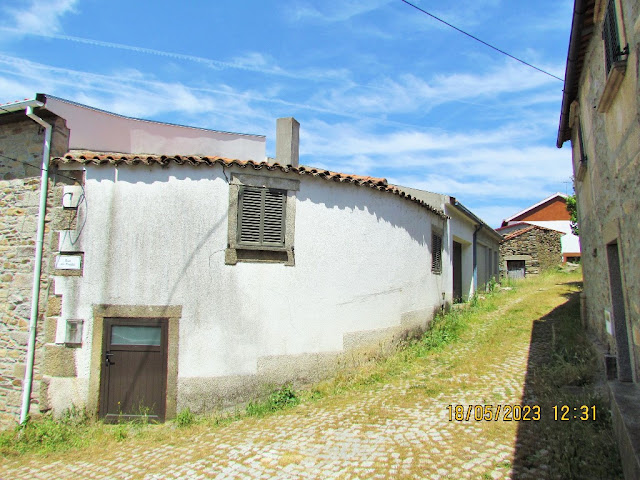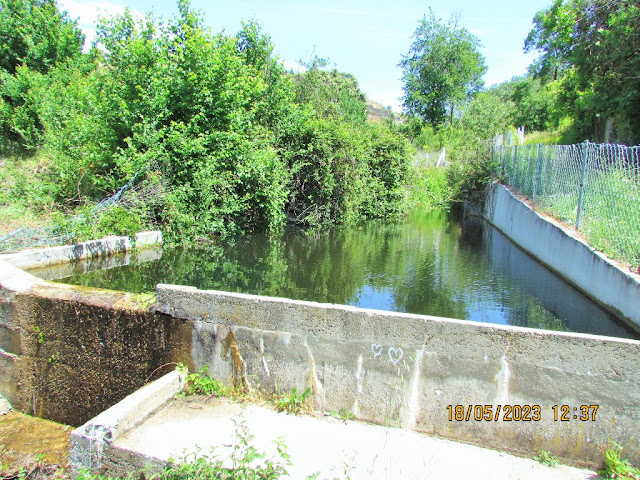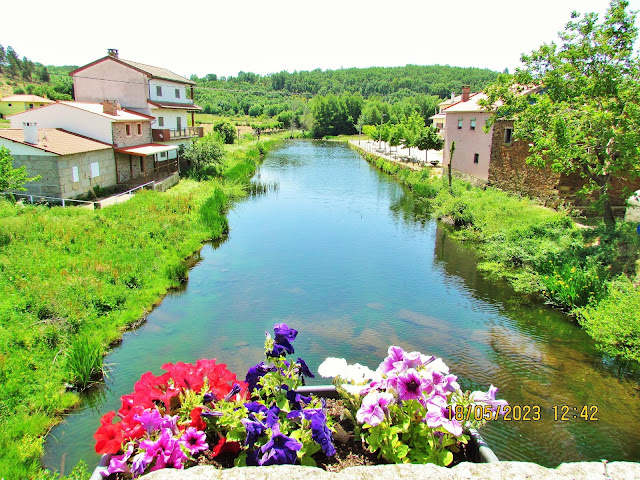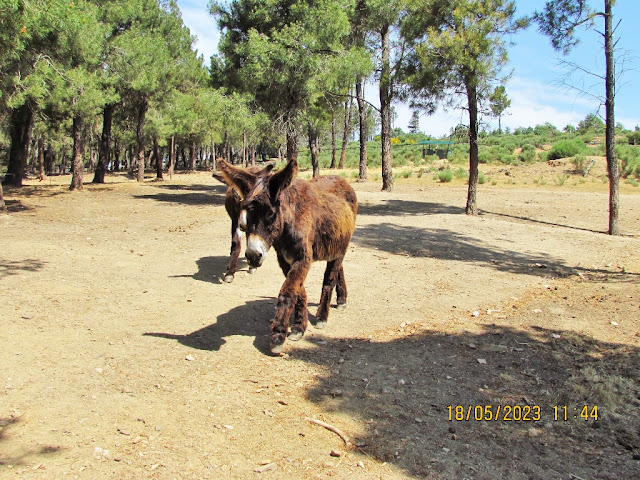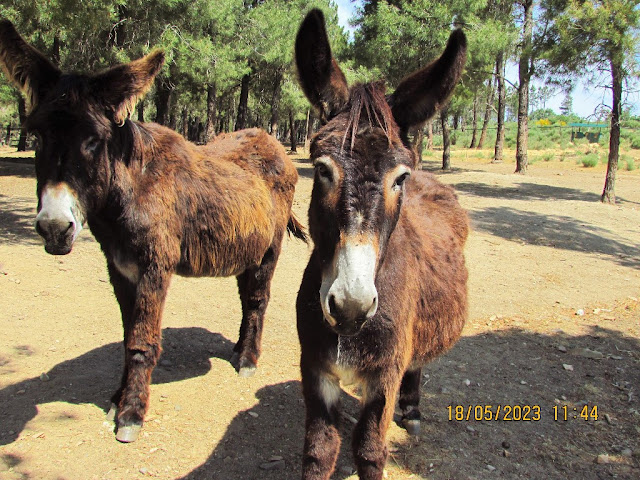SÃO JOANICO (VIMIOSO)
41.60859º N; 6.47073º W
São Joanico is a small village in the district of Bragança, located five kilometers northeast of its municipality, Vimioso.
The Angueira River flows in the middle, whose banks are united by what they call the São Joanico Bridge, always present in popular inspiration:
Currently, it has good access for those coming from Vimioso, Vale de Frades, Serapicos; either from Spain, through Angueira and Mirandado Douro, through Caçarelhos or through Vimioso.
History
Since the centuries XII, XIII, that we have references to S. Joanico: the writings, few; but another, made of stone and lime, perhaps the most important, well visible and palpable, is its bridge – -first medieval, then Romanesque. It is a stone bridge, medieval, in the Romanesque style, integrated into the old road that led from Angueira to Vimioso. Stonework for crossing the old road from Bragança to Miranda do Douro. It was rebuilt in 1778 and underwent an intervention in 1994 by the Municipality of Vimioso. In our repair works on the bridge, it was very uncharacteristic. Its pavement has been greatly altered, no longer retaining any slab, being made up of parallels. On both sides of the bridge, marking its entrance, there are four spires, supported by pilasters.
SÃO JOANICO: BEAUTY BY THE RIVER
Despite its approximately 40 residents, São Joanico, parish of Vale de Frades, is a village of unique landscapes and places that, according to the popular, make it one of the most beautiful in the municipality of Vimioso. Land of emigrants, the number of inhabitants doubles in the summer season with the arrival of those who left in search of opportunities and better living conditions. Grocery stores, a doctor and a home for the elderly are lacking, but the population's greatest need is “new people to work the land and walk with the animals”.
The village is proud of the two crosses erected in the center, the main church, the old bridge, but, above all, the Angueira river, which crosses the town, and the surrounding landscape that attracts many tourists on hot days.
“We receive a lot of people and even camp here, but we wanted to build a river beach and a more appropriate place to receive campers and visitors”, underlined the member of the Parish Council of Vale de Frades.
The mayor hopes that potential investors are interested in São Joanico and that they invest in developments or tourist spaces. “We have natural conditions like no other location for this and they could focus on tourism”, he argues.
Six kilometers from the county seat, São Joanico still keeps alive some traditions that mark the village, such as the Christmas Branch, decorated with homemade cakes and colored ribbons, which is then donated to the Child. On Kings Day, the population savors the homemade smoked meat, while on Easter Sunday it tastes the folar. The inhabitants also gather at this time to celebrate the resurrection of Christ and pray the Way of the Cross during Lent.
However, the event that gathers the most people is the summer festival, which is eagerly awaited by the inhabitants and emigrants of São Joanico, but also by the neighboring populations who flock to the festival in large numbers.
💓💓💓💓💓
💓💓💓💓💓
PINTA
41.61442º N; 6.48320º W

The Iberian Nature and Adventure Park (PINTA) is a space that celebrates the region's biodiversity, culture and traditions, with the territory of the Natura 2000 Network as its central theme. , recreational spaces, trails, conservation of species, endogenous products and, above all, much to offer its visitors.
To get to know PINTA there is an exhibition route that allows visitors to discover the territory of the Natura 2000 Network in its various aspects. The bed of the Angueira river accompanies us and offers a beautiful canvas painted by willows, alders, poplars and ash trees that flood us with freshness during this visit. The riverside and aquatic fauna is also proudly shown, it is quite possible that we come across otters and kingfishers feeding on the banks of the stream.
PINTA also has a strong pedagogical component, carries out activities such as Birdwatching, observation of flora and ethnobotany, identification and ecology of reptiles and amphibians, identification of Bats and also has a center dedicated to the study and preservation of the Miranda Donkey.

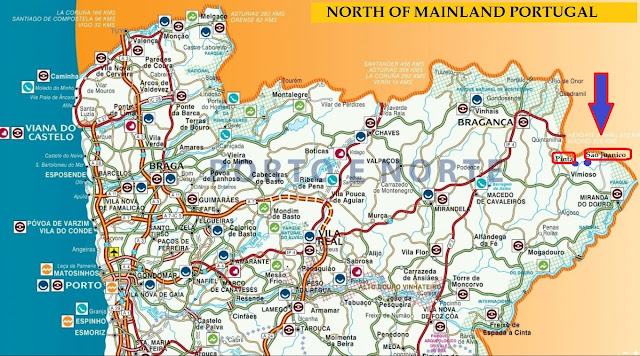
















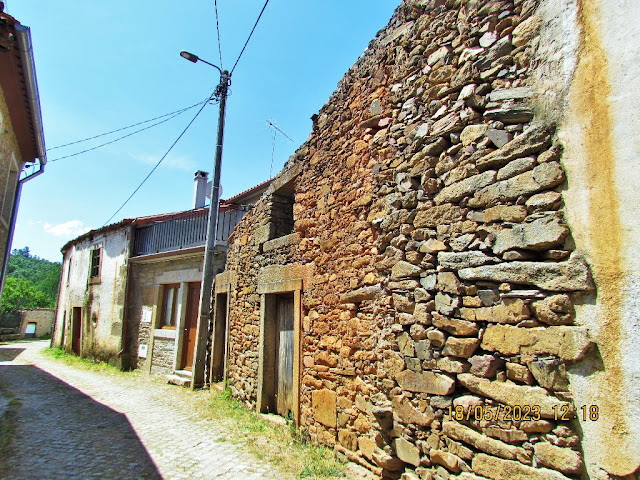





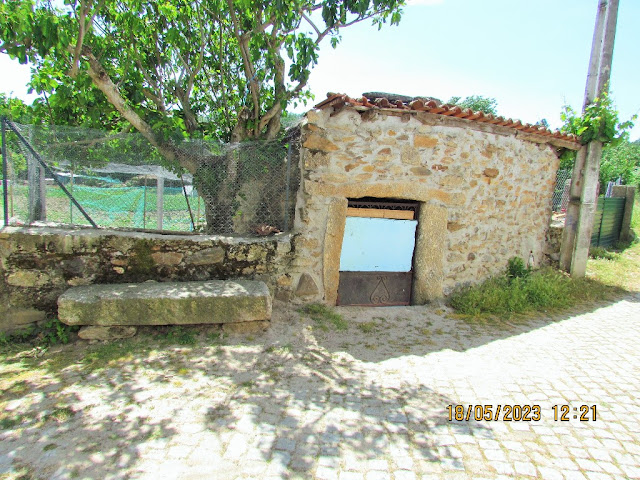













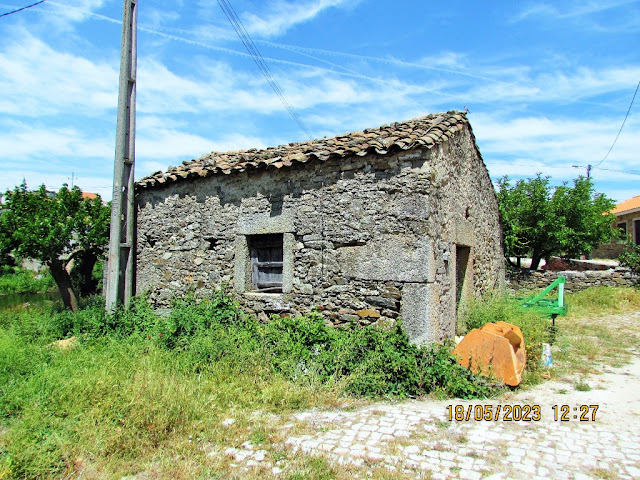
.JPG)










